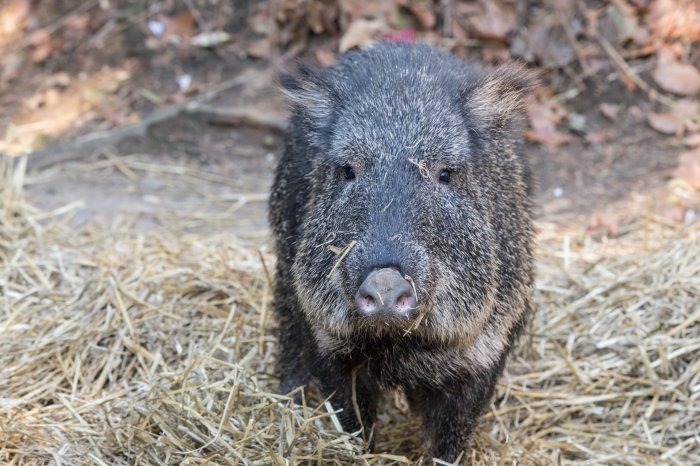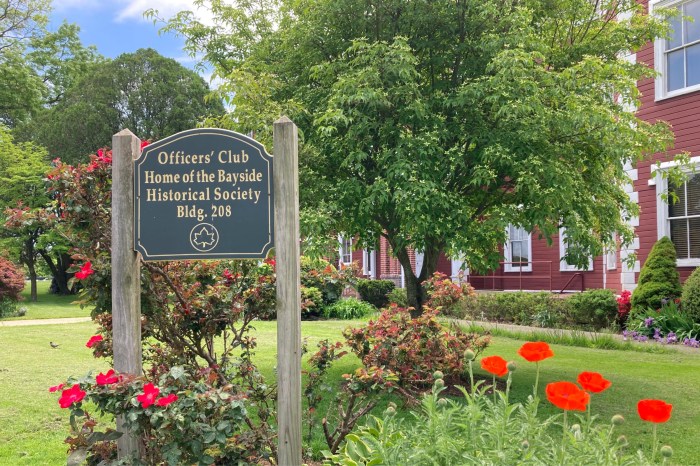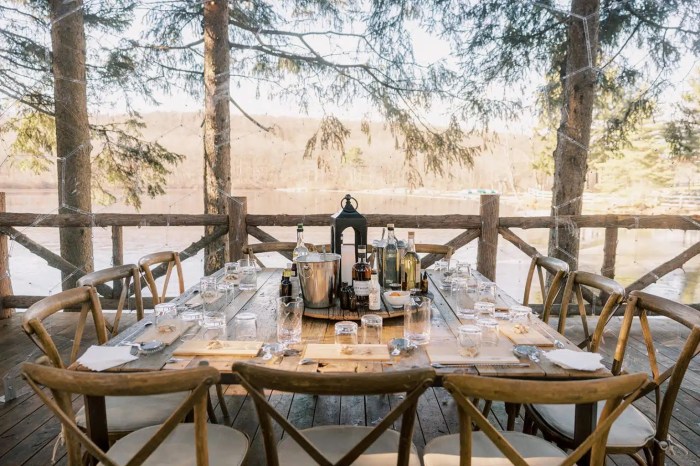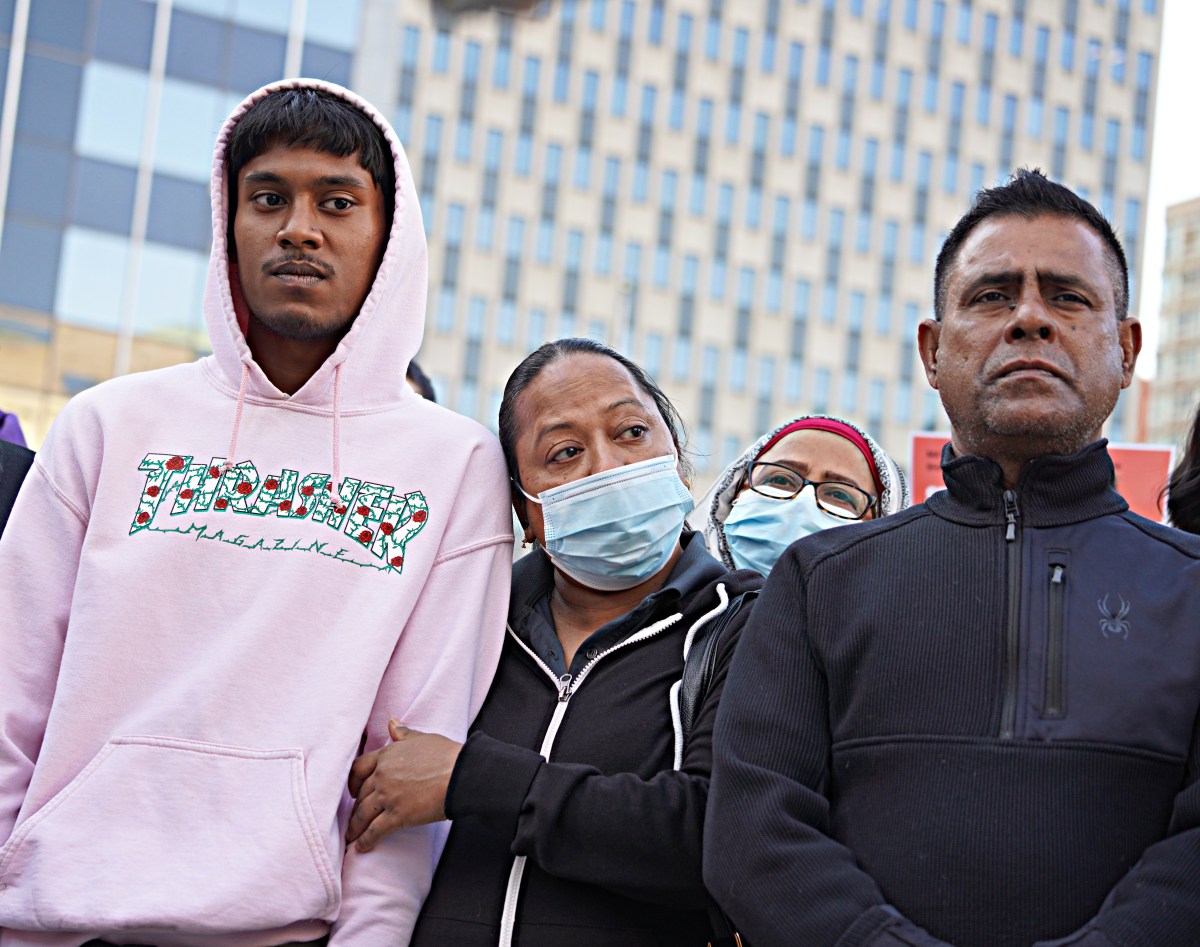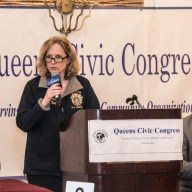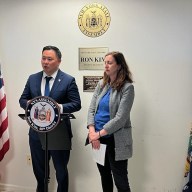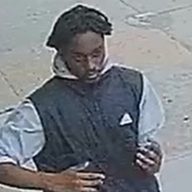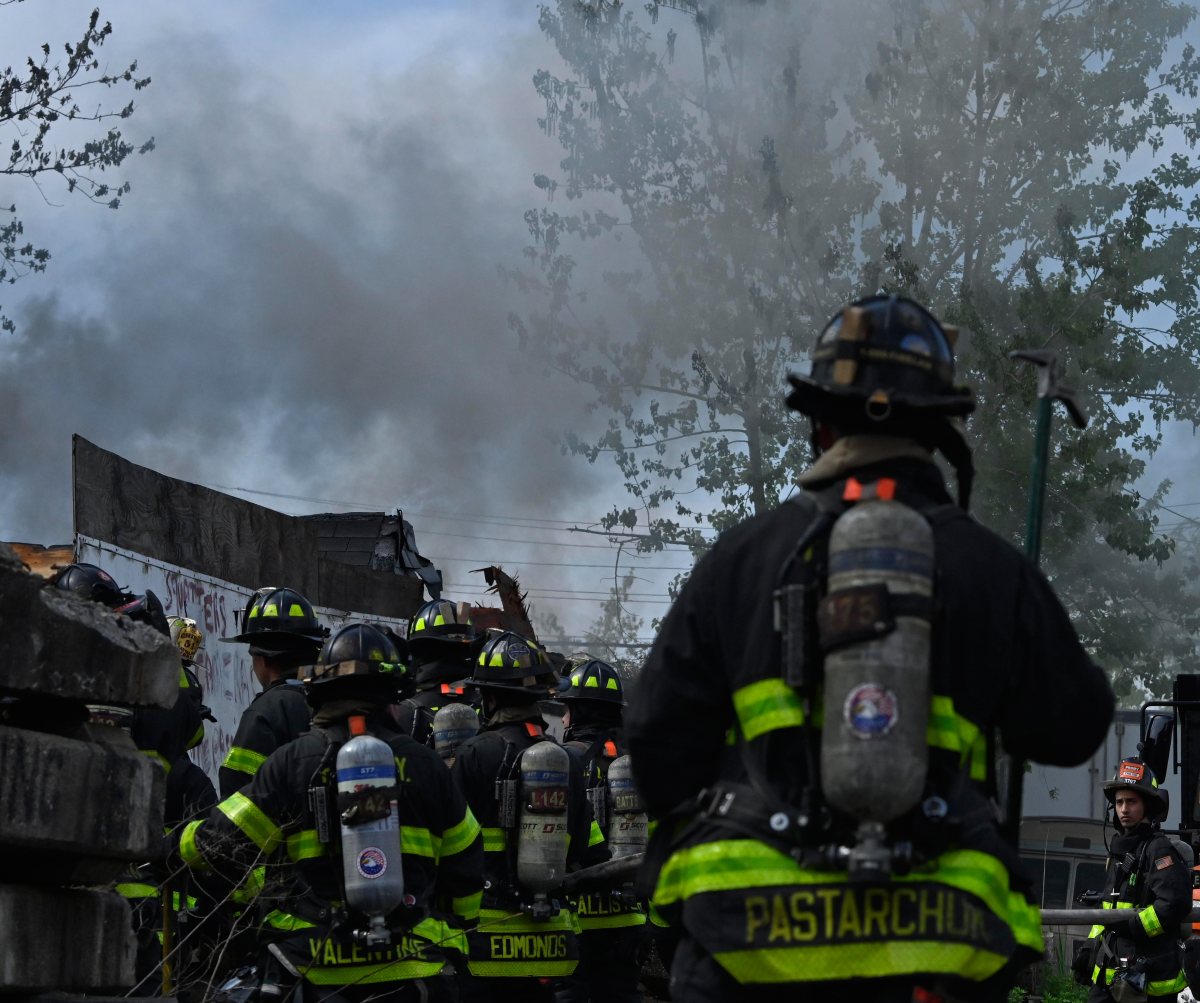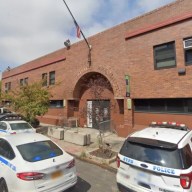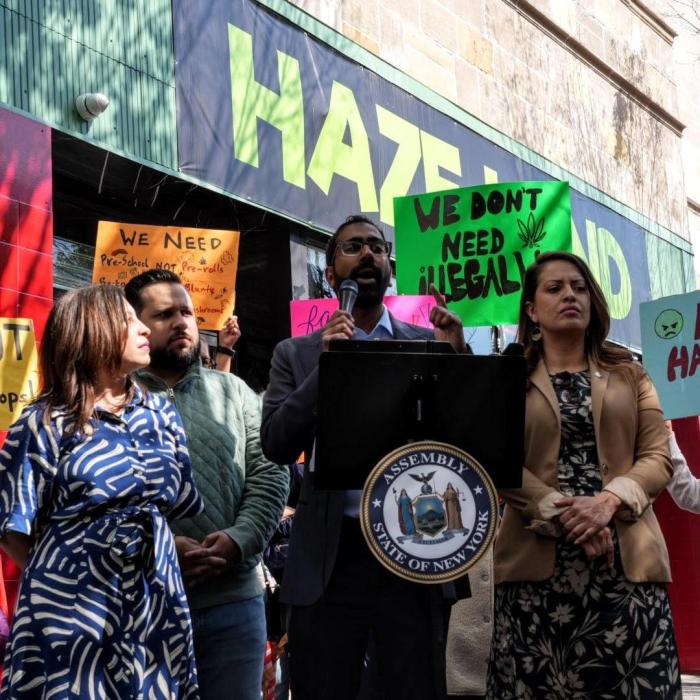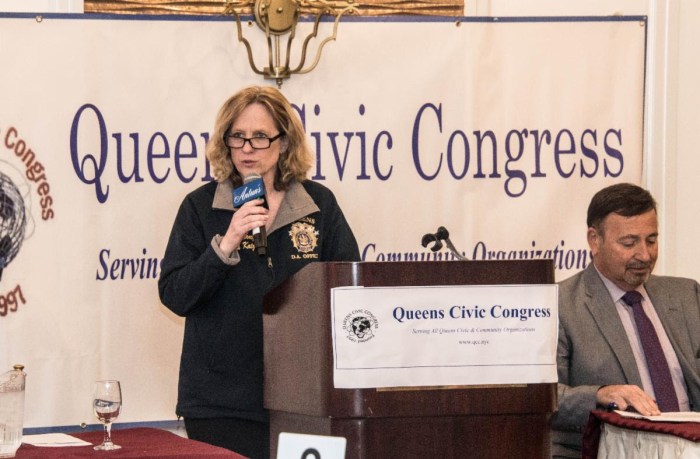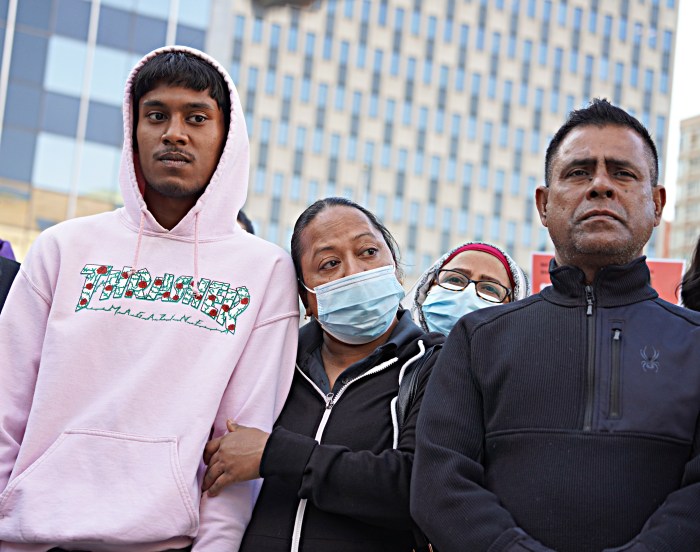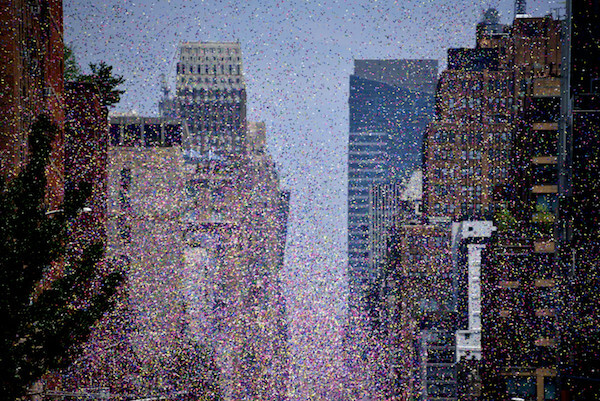Read Related Article #1: They survived against all odds
Read Related Article #2: Pre-Holocaust Jewish life
Read Related Article #3: Centuries of anti-Semitism
Read Related Article #4: The master race
“On the night of the ‘Crystal Night,’ I had gone to bed - I was 16-years-old, I had to go to bed early,” Hannah Deutch recalled of the night of November 9, 1938.
“I was asleep and all of a sudden I woke up because the whole bed was shaking. And my mother was sitting on the bed and I said, ‘What’s the matter?’ And the room was so light it was like sunlight,” Deutch said, gesturing with her hands in amazement.
“She said, ‘The synagogue’s burning,” remembered Deutch, who, a teenager at the time, was living in Bochum, Germany, directly across from the shul.
On that “Night of Broken Glass,” Kristallnacht, as it is known, the Nazis orchestrated a wave of attacks on the Jews of Germany and Austria, burning and obliterating thousands of homes, businesses and synagogues. The attacks were retaliation for the assassination of a German diplomat in Paris by the hand of a Jewish teenager whose parents had been expelled from Germany along with 17,000 other Jews.
In just a few hours, towns were forever altered. And so was the Jewish way of life, for while the Nuremberg laws had been installed three years before, stripping Jews of many of their rights, Kristallnacht was a crystal-clear signal of the jeopardy Jews faced.
According to Nazi records, stormtroopers killed at least 91 Jews on Kristallnacht and the next day, though the figure is considered unreliably low by many accounts.
“That was the first real rude awakening,” explained Inge Auerbacher who was living with her parents in Kippenheim, Germany at the time.
“I remember it extremely well although I was not even four-years-old. All our windows at the house were broken,” she said.
“That was the first time I felt it,” Auerbacher said of the fervent anti-Semitism that enveloped Kippenheim and other cities and towns across the country.
Ellen Alexander, of Berlin, went to school on the morning of November 10 but “When we got there that day there were people standing around laughing, happy to see the synagogue burning - and that was the end of our schooling,” she remembered.
Hanne Liebmann, who grew up in southwestern Germany, also went to school that morning but none of the male teachers showed up. They had been rounded up and sent off to Buchenwald, Dachau, and Sachsenhausen with 30,000 fellow Jews.
Liebmann and the other students knew what the massive roundup meant - they were already aware of the existence of concentration camps.
“I can see it when I close my eyes - I can still see it,” Deutch said, sitting on a couch in her warm Jackson Heights apartment, shutting her eyes as she recalled the sad, helpless looks on the faces of the men from her town as they were picked up by a bus that would transport them to the local jail and then onto the camps.
It was still 1938, however, and the camps were not yet the well-oiled labor and death machines they would become, Deutch explained. So, the men of her town came home six weeks later, barely recognizable with skin infections coating their gaunt frames.
The death knell had sounded.

